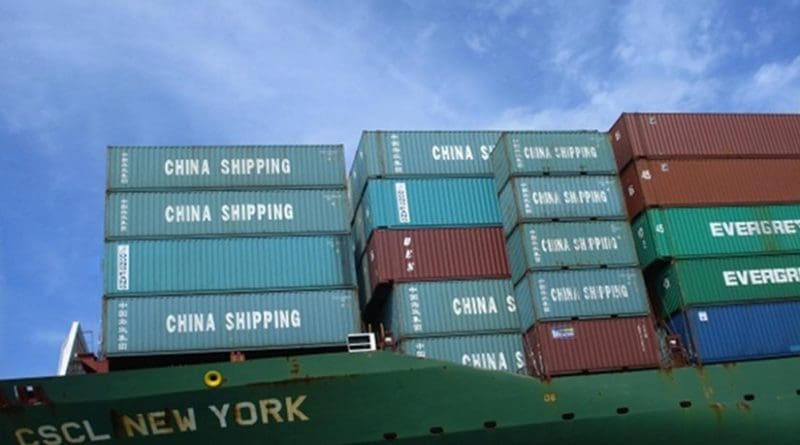Need For Trade Agreements To Be Modernized For 2018 Economy
The North American Free Trade Agreement (NAFTA) between Canada, Mexico and the United States, which created the world’s largest free-trade zone, is now under renegotiation. With the US moving towards a more protectionist approach, and the introduction of new technologies reshaping the economy, policy-makers are reimagining what global trade agreements might look like in a 21st-century context.
“On the one hand, we actually see quite a bit of growth in global trade. It was up 3.6% this past year,” said Stephen J. Adler, President and Editor-in-Chief, Reuters. “On the other hand, the WTO and many others are warning that protectionism is likely to put a damper on global trade.”
However, the panel at the New Avenues for Global Trade session, shared a high level of optimism for the future of global trade. “We really approach these negotiations with a spirit of positive intent,” said Chrystia Freeland, Minister of Foreign Affairs of Canada, who said Canada is a trading nation and autarky is not an option.
While trade agreements can provide many benefits, they must be responsive to changes in the economy. E-commerce, digital trading and new technologies have significantly affected global trade since NAFTA was first implemented in 1994.
“We do not believe that NAFTA has not been successful,” said David Abney, Chairman and Chief Executive Officer of UPS, but “we do fully acknowledge, and this is where I think we are in agreement, that it’s almost a 25-year-old agreement.” While Abney said he does not believe that NAFTA should be completely eliminated, many changes can be made to the agreement to promote inclusivity.
Takeshi Niinami, President, Chief Executive Officer, Member of the Board and Representative Director of Suntory Holdings, said that trade agreements must be modernized and believes that the renewed enthusiasm for the Comprehensive and Progressive Agreement for Trans-Pacific Partnership (CPTPP) is a step in the right direction. The deal, which eliminates most tariffs on goods traded between countries in Asia and the Americas, builds on lessons learned from NAFTA by including additional protections for the environment and labour. “This agreement has more significance than the sum of the participating economies,” said Niinami, who pointed out that the level of inclusion in this agreement is one of the defining characteristics of the CPTPP.
Ildefonso Guajardo Villarreal, Secretary of the Economy of Mexico, agreed that inclusion and equal distribution of success are important for sustainable growth in global trade. Villareal said the best measures of success for any trade agreement are the “standard of living, employment, wages, income, reduction of income disparity and the capacity of the economy to respond to the new challenges of the economy.”
“It is essential that the current regime of trade agreements is only moving forward and not backwards,” echoed Soren Skou, Chief Executive Officer, A.P. Møller-Maersk, who warned of protectionist views that may limit free trade. The way forward is to create an agreement that is inclusive, sustainable and responsive to changes in the economy.

